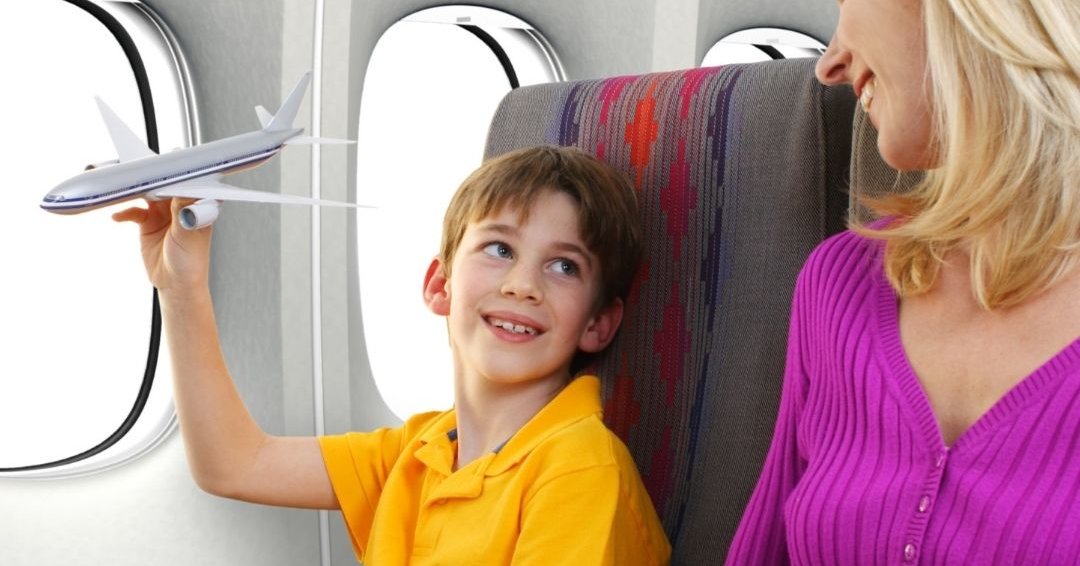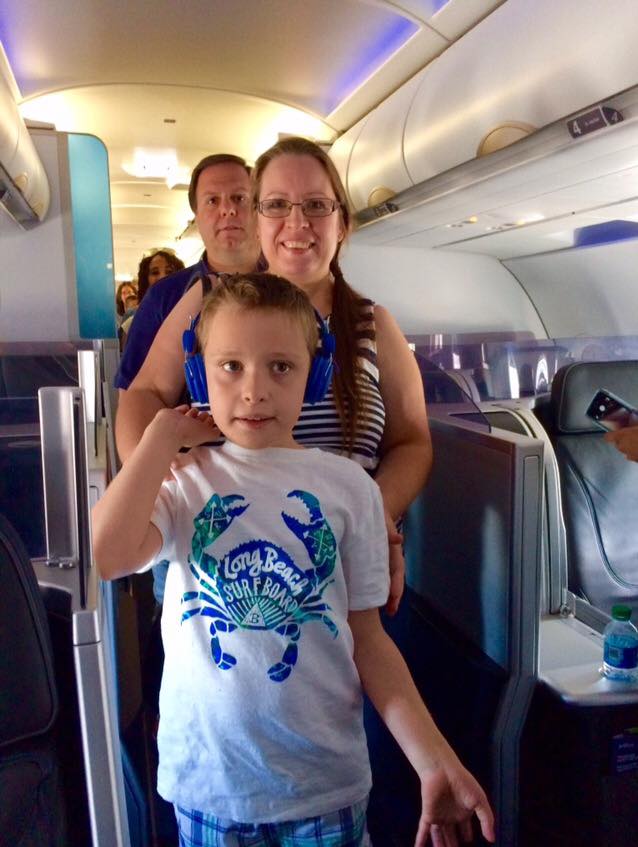Traveling with autistic children can present unique challenges. Following the right travel tips for autistic child is important to plan and prepare ahead of time to ensure a smooth and enjoyable trip for the whole family.
Understanding your child’s specific needs and preferences, creating a visual schedule, and bringing comfort items such as headphones or favorite toys can help alleviate stress and anxiety. Additionally, choosing autism-friendly accommodations and transportation, informing the airline and hotel staff about your child’s condition, and having a backup plan for unexpected situations can contribute to a positive travel experience.
Incorporating these strategies into your travel plans can make a significant difference in ensuring a successful trip for children with autism spectrum disorder.
Understanding Autism Spectrum Disorder
When planning a trip with a child who has Autism Spectrum Disorder (ASD), it’s crucial to have a good understanding of the condition to ensure a positive and comfortable travel experience for the child and the entire family. With the right knowledge, preparation, and support, traveling with a child with ASD can be an enriching and enjoyable experience for everyone involved. Let’s delve into an overview of ASD and its characteristics in children.
What Is Autism Spectrum Disorder (ASD)?
Autism Spectrum Disorder (ASD) is a complex developmental condition characterized by challenges in social interaction, communication, and restricted or repetitive behaviors. It’s a spectrum disorder, meaning that it affects each individual differently, ranging from mild to severe symptoms. Children with ASD may have unique strengths and weaknesses, with varying levels of cognitive, emotional, and behavioral functioning.
Characteristics Of Asd In Children
- Social Interaction: Children with ASD may struggle with social cues, eye contact, and forming relationships with peers.
- Communication Challenges: Difficulties in expressive and receptive language skills, as well as nonverbal communication, are common in children with ASD.
- Repetitive Behaviors: Many children with ASD exhibit repetitive movements, routines, or specific interests, often showing resistance to change.
- Sensory Sensitivities: Sensory processing differences can lead to heightened sensitivity or reduced sensitivity to sensory stimuli such as sound, touch, taste, or smell.
- Emotional Regulation: Some children with ASD may struggle with managing emotions and may have intense reactions to changes in their environment or routine.
Preparing Travel tips for Autistic Child
Traveling with children who have Autism Spectrum Disorder (ASD) can be a challenge, but with careful planning and preparation, it can also be an enriching experience for the whole family. Preparing for travel tips for autistic child involves addressing the specific needs and potential challenges that children with ASD may face during the journey and at the destination. From sensory-friendly accommodations to itinerary adjustments, thoughtful planning can help ensure a smoother and more enjoyable travel experience.
Planning Ahead For The Trip
Before embarking on a trip with a child with ASD, it’s important to make thorough preparations. This may include familiarizing the child with the upcoming journey, creating a visual schedule, and considering any necessary adaptations to the travel itinerary. Additionally, it’s beneficial to contact airlines, hotels, and other service providers in advance to discuss any special requirements and accommodations.
Sensory-friendly Accommodations
One of the key aspects of preparing for travel with a child with ASD is to ensure that the accommodation meets their sensory needs. This may involve requesting a quiet room, minimizing visual clutter, and ensuring access to sensory-friendly resources. Some hotels and resorts may offer sensory-friendly rooms or amenities designed specifically for individuals with sensory sensitivities, providing a more comfortable and relaxing environment for the child.
Packing Essentials
One of the most crucial aspects of travel tips for autistic child is ensuring that the packing essentials cater to their specific needs. By including comfort items and sensory soothing tools, parents can alleviate their child’s anxiety and promote a smoother travel experience. Here are some essential items to include in your packing list.
Comfort Items For Familiarity
When it comes to packing for a trip with an autistic child, comfort items are indispensable. These items provide a sense of familiarity and security, helping to ease the anxiety that often accompanies travel. Consider including the following comfort items:
- Favorite blanket or stuffed animal
- Noise-canceling headphones
- Portable weighted blanket
Sensory Soothing Tools
Moreover, packing sensory soothing tools is essential to help children regulate their sensory experiences while on the go. These tools can help to create a calming environment and prevent sensory overload. Here are some items to consider packing:
- Fidget toys
- Chewable jewelry or gums
- Sensory-friendly music player with headphones
During The Travel
Traveling can be challenging for children with autism. Here are some helpful tips for making the journey more comfortable. Prepare them for the trip, create a visual schedule, pack sensory-friendly items, and consider their sensory needs when choosing accommodations and transportation.
Routine Maintenance
One of the most important strategies for a successful travel experience with a child with ASD is to maintain a consistent routine as much as possible. While it may not be feasible to replicate the exact routine of home, it is helpful to establish a travel routine that incorporates familiar elements from home life. This can include maintaining regular mealtimes, bedtime rituals, and structured activities throughout the day. Creating a visual schedule or using a travel-friendly visual timetable can help your child navigate the new environment and anticipate what will happen next.
Minimizing Stress During Transitions
Transitions can be particularly challenging for children with ASD, so it is important to minimize stress during travel transitions. This can be achieved by providing clear and simple explanations of the travel itinerary, using visual supports to signal upcoming transitions (such as departure times, waiting periods, or changes in transportation), and incorporating calming strategies to help your child cope with the changes. It can also be helpful to prepare your child for the sensory experiences they may encounter during travel, such as crowded airports, loud noises, or unfamiliar smells, and provide them with coping tools to manage sensory overload.
Exploring Destinations
When traveling with an autistic child, it’s essential to consider their unique needs and preferences when exploring destinations. By selecting sensory-friendly activities and attractions and embracing flexibility in itinerary planning, families can create a positive and enjoyable travel experience for all members.
Sensory-friendly Activities And Attractions
When choosing destinations, prioritize attractions that offer sensory-friendly experiences. Look for museums, zoos, and theme parks that provide quiet spaces, sensory-friendly shows, or accommodations for individuals with sensory sensitivities. Additionally, outdoor activities such as nature walks, birdwatching, or beachcombing can offer calming and engaging experiences for children with ASD.
Flexibility In Itinerary Planning
Opting for a flexible itinerary allows families to adapt to their child’s specific needs and sensory preferences. Instead of following a rigid schedule, consider building in downtime between activities to reduce stress and prevent sensory overload. Keep an open mind and be prepared to modify plans as necessary to ensure a comfortable and enjoyable travel experience for everyone.

Credit: autismtravel.com
Frequently Asked Questions For Travel tips for autistic child
What are some essential travel tips for autistic child?
Taking the time to prepare your child for travel, keeping to a routine, and ensuring you have necessary supplies can make a significant difference in their experience. It’s essential to plan ahead and consider your child’s specific needs and triggers to create a comfortable travel experience.
How Can I Make Traveling More Comfortable For My Autistic Child?
Creating a familiar and safe space for your child, communicating with them about the trip, and bringing comfort items can help ease the challenges of travel. Ensuring access to sensory tools, using visual schedules, and providing familiar snacks and activities can also contribute to their comfort.
What Accommodations Should I Consider When Traveling With My Autistic Child?
When planning your trip, it’s crucial to consider accommodations that cater to your child’s needs, such as sensory-friendly spaces, quiet areas, or specialized services. Communicating with airlines, hotels, and other service providers about your child’s specific requirements is essential to ensure a comfortable and smooth experience.
Final Thought
In planning a trip with an autistic child, it’s crucial to prioritize their comfort and needs. By implementing the tips provided in this blog post, you can create a positive and enjoyable travel experience for your child and the entire family.
With careful planning, patience, and sensitivity, traveling with a child on the autism spectrum can be a rewarding and successful experience.




